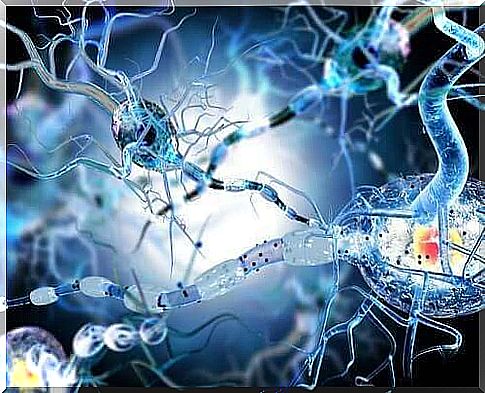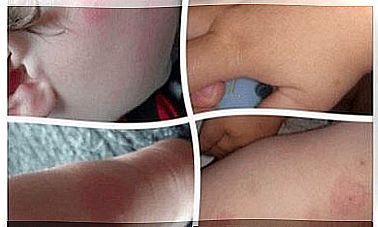Epilepsy: What Should You Do?

Epileptic seizures are paroxysmal changes that occur in a person suddenly and unexpectedly. As a rule, they end quickly. They are due to abnormal neural activity, which manifests itself suddenly, briefly and temporarily.
The most characteristic feature of these seizures is that they begin suddenly and last a few seconds or minutes. As the seizure progresses, the person may lie unconscious and make rhythmic, sudden, and involuntary movements. It is also possible for the person to be aware of everything that happens to them during the attack.
According to the World Health Organization , there are about 50 million people with epilepsy in the world and 70% of them could live without seizures if the disease was diagnosed and treated correctly.
Types of epileptic seizures

Epileptic seizures are divided into two primary groups:
- Generalized: These are the ones that hit the two halves of the brain from the beginning to the end of the attack.
- Partial or focused: These are the seizures where the bioelectrical activity begins in a specific area of the brain and can then spread to the rest of the brain.
Generalized epileptic seizures
In addition, generalized seizures are divided into several types:
- Tonic-clonic: These are the most common. The onset of them is marked by stiffness in the limbs – tonic phase – and this is followed by a strong tremor in the body – clonic phase. During these phases, bites in the tongue, sudden falls and relaxation and loss of control over the intestines can occur.
- Myoclonus: These are characterized by rapid and short contractions of the muscles on both sides of the body. The person may experience sudden falls or let things fall out of their hands. Many times people confuse this with sheer clumsiness and it can therefore take some time to diagnose it.
- Generalized atonic seizures: It causes sudden loss of strength in the muscles. They are sudden and usually cause the person to collapse.
- Absences: These consist of sudden loss of consciousness, in which the person stops the activity they are engaged in and stares blankly into the air.
Partial epileptic seizures
Simple partial seizures are very common. They occur with a loss of consciousness, and depending on where in the brain it began, the symptoms may vary. They can be:
- Motor – With involuntary movements in the body.
- Gelastic – Uncontrolled laughter.
- Sensory – Visual and auditory hallucinations etc.
- Physical – Strange thoughts.
Complex partial seizures also cause loss of consciousness. As they develop, the person may not be able to respond to stimuli or may do so inconsistently.
Sometimes the body makes automatic movements such as sucking, swallowing or chewing, rubbing in the hands, etc. When done, the person remains confused for several minutes.
Finally , there is a type of seizure that is known as partial with secondary generalization. These are epileptic seizures that begin focused in a part of the brain but tend to spread through the brain and become generalized.
How to deal with seizures

When a person has an epileptic seizure, you can help them. The first thing to do is to remain calm. Then remove all objects that could harm the person from their reach: furniture with sharp edges, vases, scissors, etc.
If the person has fallen, you should put something soft under their head so that it does not knock to the floor. When taking these steps, we recommend loosening clothing around the neck, such as ties, shirt collars, etc. Then you should turn their body around on the side so that they can breathe better.
It is important to note the duration of epileptic seizures, which is typically between two and three minutes. While the seizure is going on, one should stay with the affected person and check that they come to consciousness when it ends. It is important to ensure that they recover gradually, without putting pressure on them, and then let them rest.
Do not try to immobilize the person or get any objects or fingers into their mouth. You also do not need to perform the word-of-mouth method. Seizures generally last a few minutes and do not require hospitalization. If it lasts more than five minutes, seek immediate medical attention.









